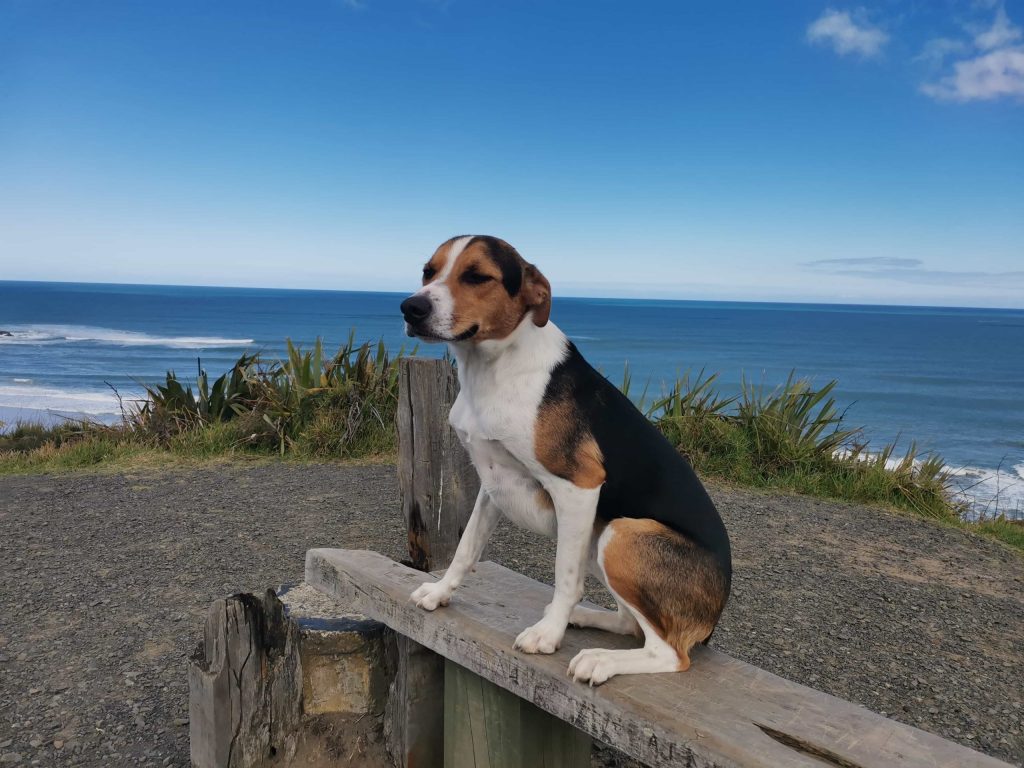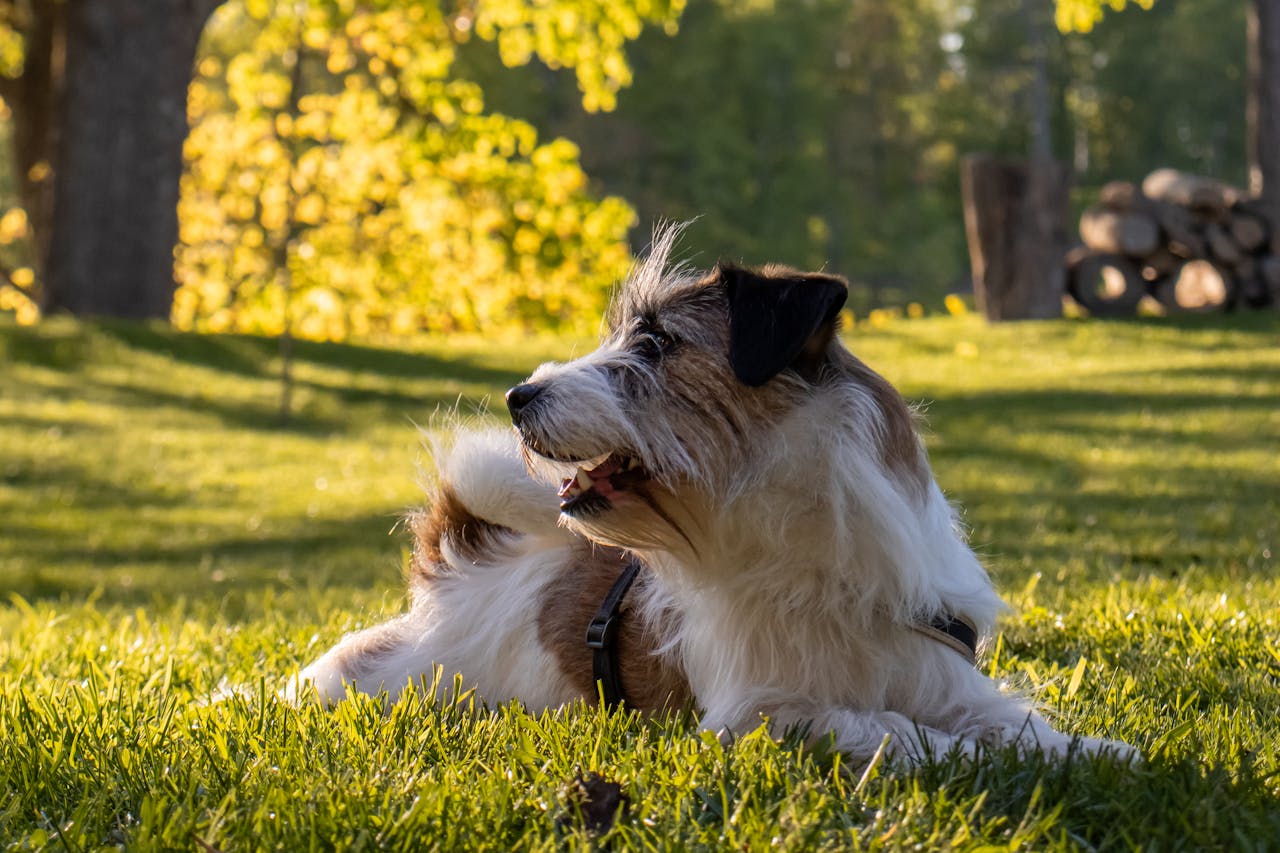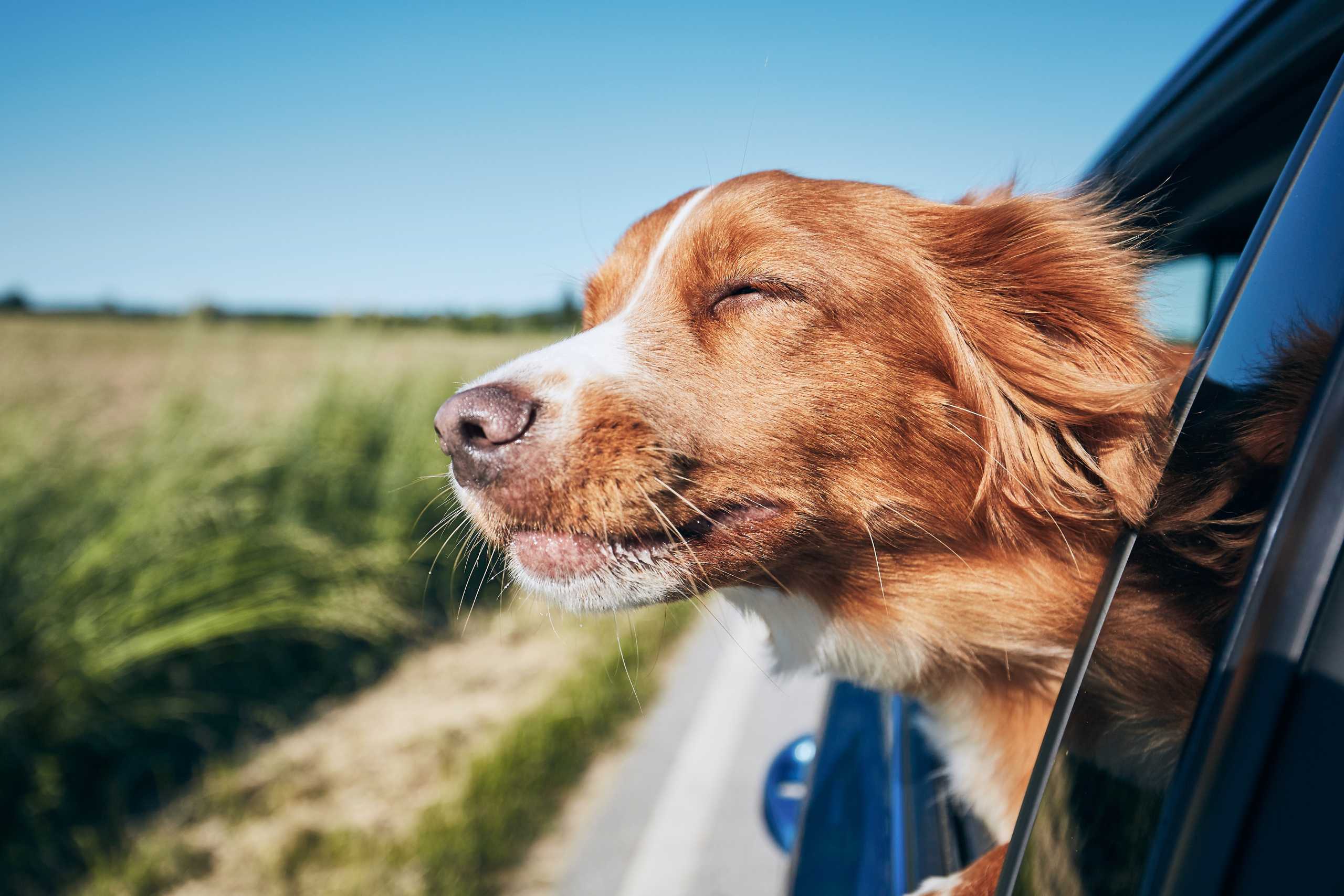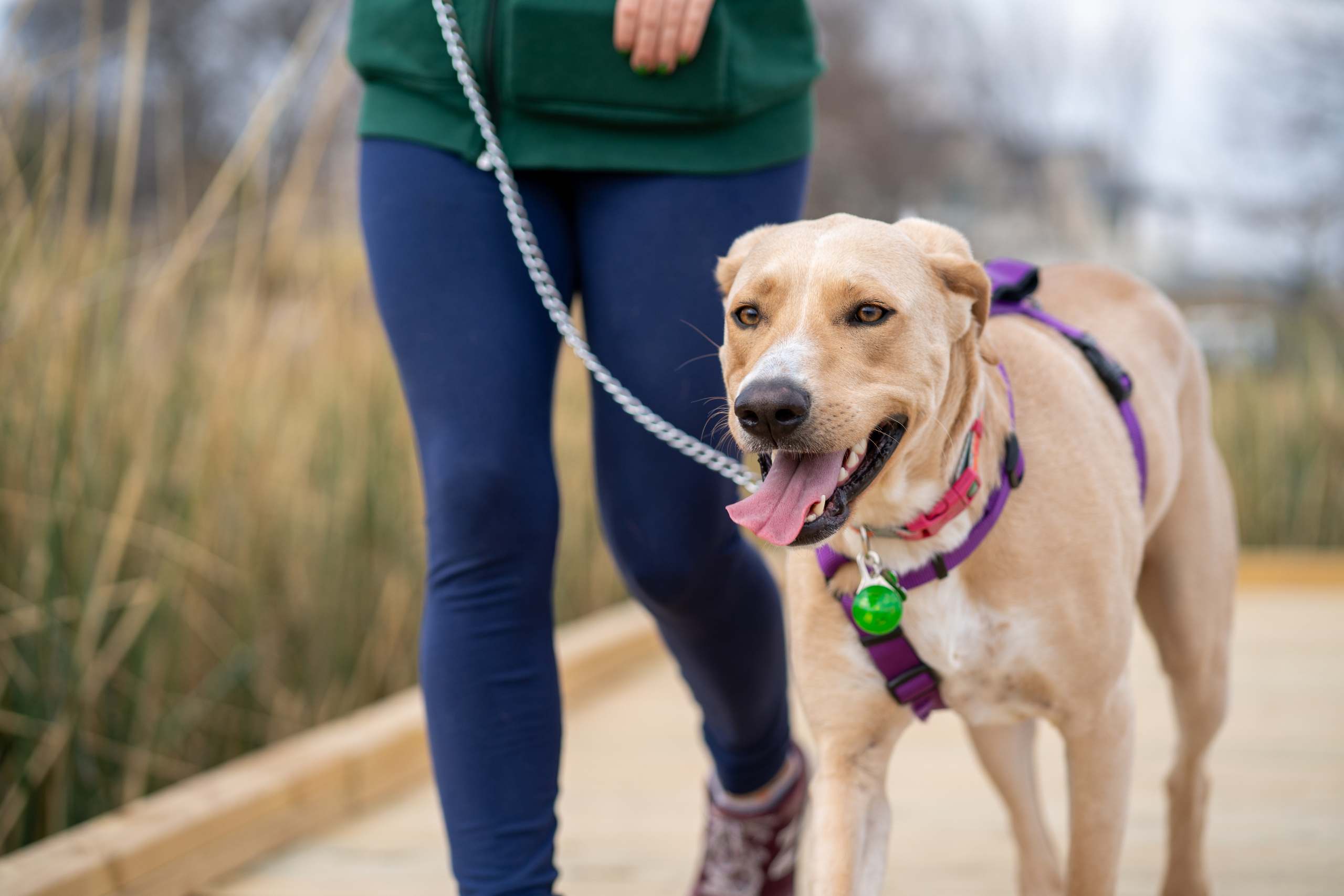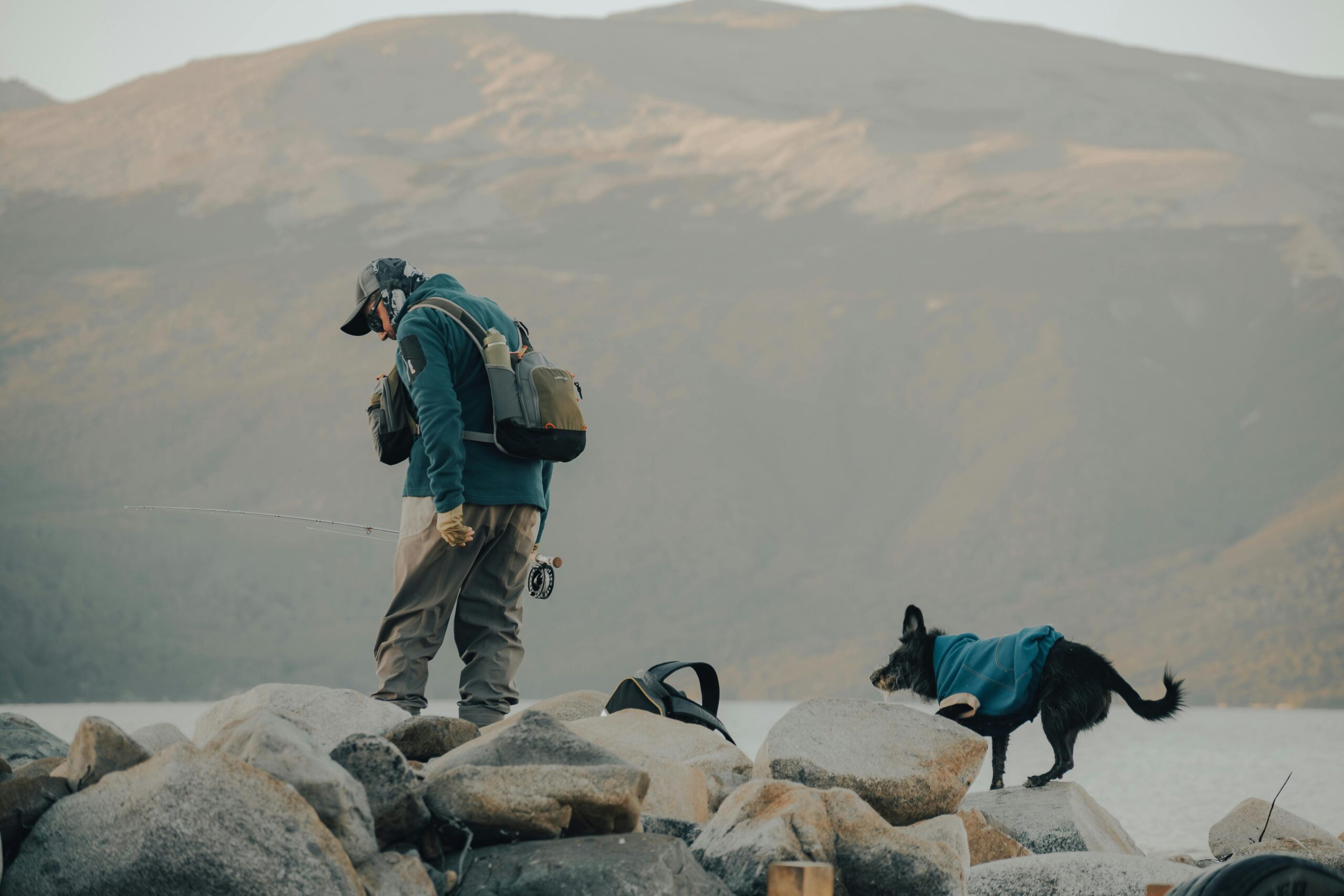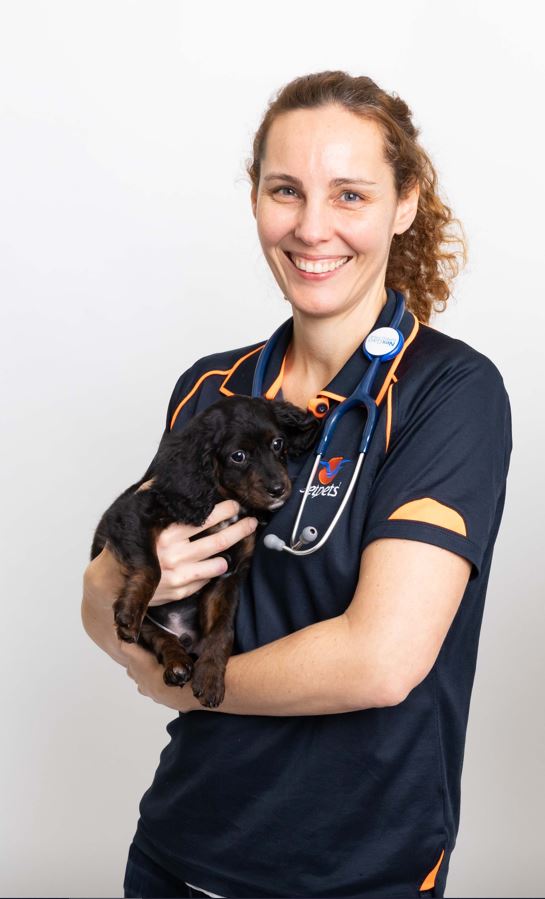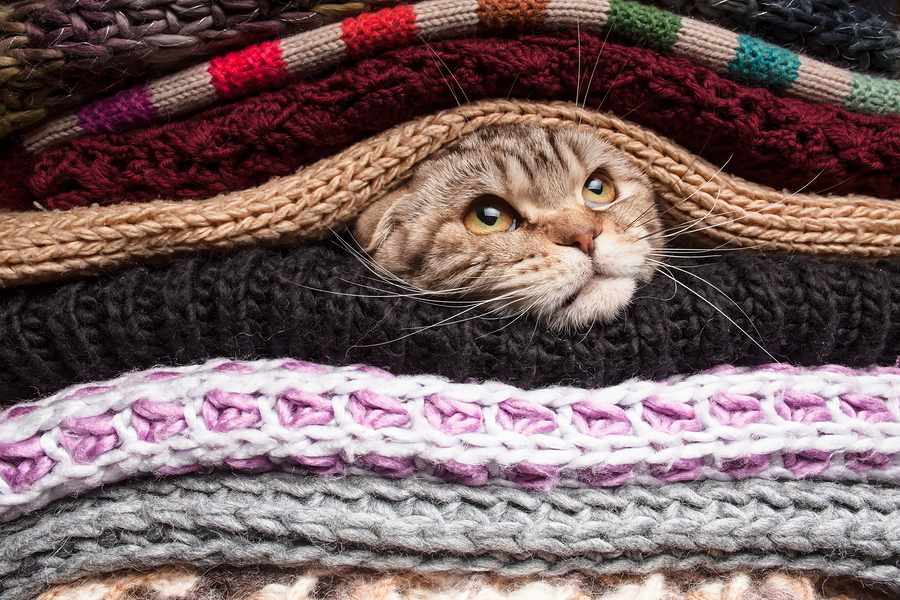Travelling is always more meaningful when shared with those we love, and for many pet owners, that includes their four-legged companions. More Kiwis are now choosing to take their pets overseas, turning holidays and relocations into shared adventures filled with joy, comfort, and lasting memories.
International pet travel does come with its challenges. Every country has its own entry rules, and New Zealand’s biosecurity requirements mean extra planning is needed. The good news is that with the right preparation and support, your pet’s journey can be just as safe and stress free as your own.
When planning overseas travel with your dog or cat, it helps to know which destinations are both welcoming and practical to reach from New Zealand. The following guide highlights some of the best countries to move to with your pet, breaking down the key regulations and entry requirements, and considerations for a seamless international relocation. With Jetpets NZ managing the process, you can feel confident that every detail is handled efficiently, allowing you and your pet to enjoy the journey together.
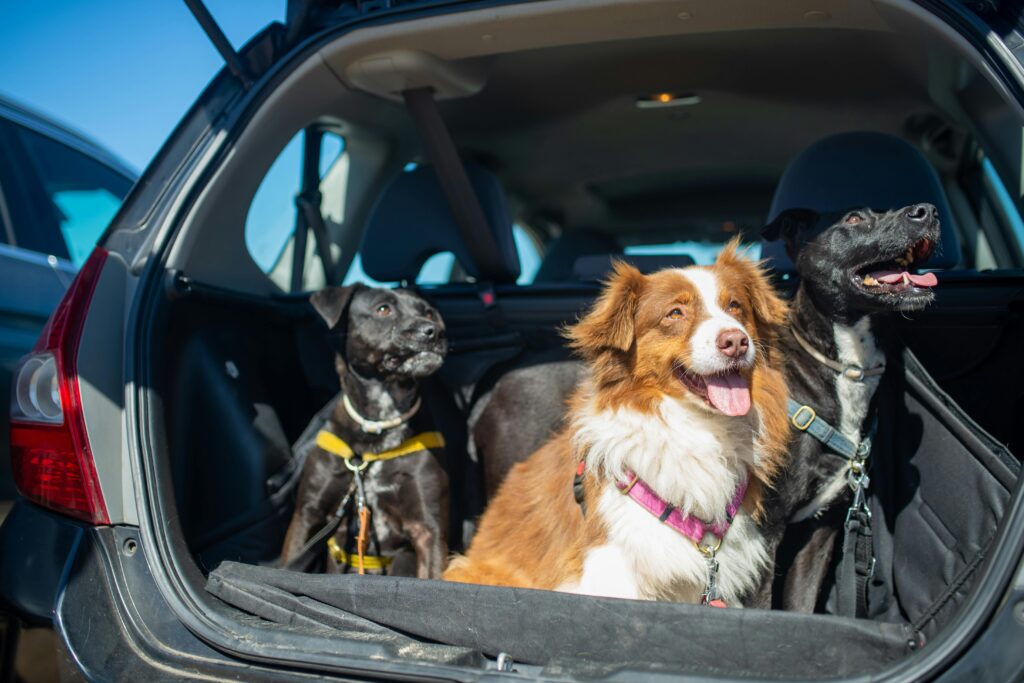
Regulations for Taking Your Pet Out of New Zealand
Before your pet can leave New Zealand, there are important requirements to be aware of. Many destinations ask for vaccinations, microchipping, and health certificates, and some also require permits, blood tests and even quarantine periods. Every country is different, which is why it is crucial to start the preparation for your travels early.
Jetpets NZ works directly with vets and the authorities to coordinate these requirements. We handle the documentation, schedule veterinary checks, and liaise with airlines, ensuring every step is completed correctly. This careful planning means you can feel confident that your pet will be cleared for travel without unnecessary delays or complications.
Bringing Your Pet Back Into New Zealand
Coming back home can require just as much planning as heading away or moving locations. New Zealand has some of the strictest biosecurity laws in the world. Pets may only return from approved countries without quarantine, while those travelling from non-approved countries must complete quarantine on arrival.
The re-entry process often involves import permits, blood tests, and specific vaccinations. Depending on your chosen country, this can take between six and twelve months to arrange. We can guide you through these requirements, helping you manage timelines, complete applications, and prepare your pet properly so their return home is smooth and stress free.
Popular Pet Friendly Relocation Destinations from New Zealand
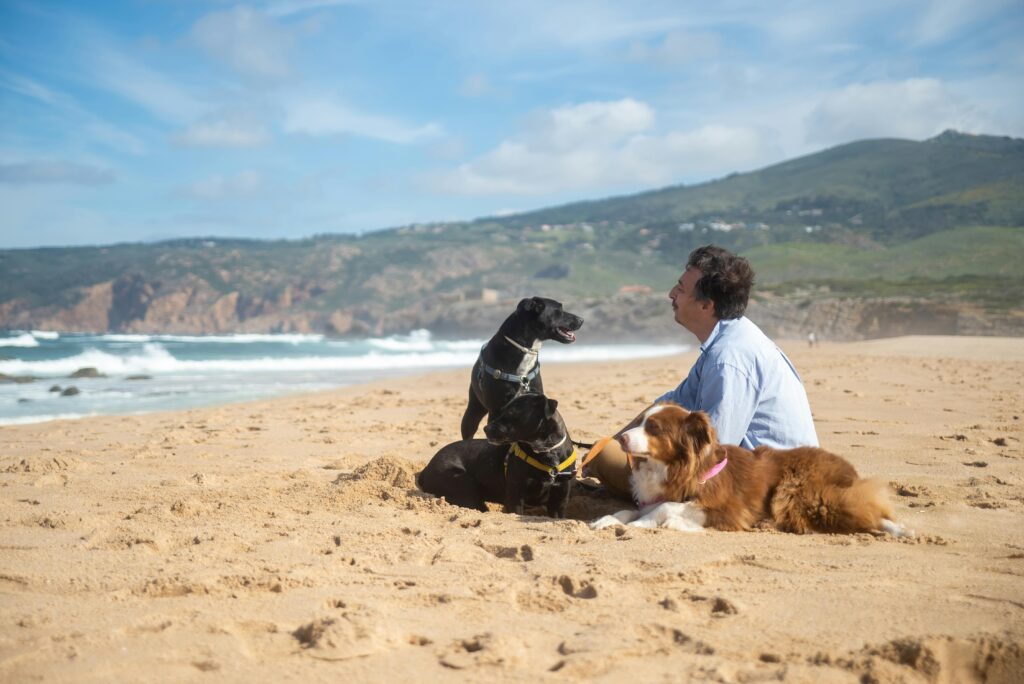
Deciding on the right country to travel or relocate to with your pet involves more than simply choosing a popular destination. Factors such as flight distance from New Zealand, the complexity of entry requirements, and the availability of pet friendly facilities all make a
difference to the overall experience. Some countries stand out for their welcoming accommodation, open spaces, and services designed with pets in mind. Below are some of the most common destinations our clients move to, offering both accessibility and strong pet friendly appeal, making them ideal choices for New Zealand pet owners planning an international journey.
Australia
Australia remains one of the most popular relocation destinations for pets travelling from New Zealand. The shorter flight helps reduce stress, and once your pet arrives, there are endless opportunities to enjoy a pet friendly lifestyle.
Sydney, Melbourne, and Brisbane are especially renowned for their dog friendly culture, with parks, beaches, and outdoor cafes that warmly welcome pets. Outside the major cities, coastal towns and rural regions offer wide open spaces, relaxed accommodation, and plenty of room for longer stays or road trips. With Jetpets taking care of everything from export permits to crate preparation, you and your pet can settle into Australia with ease, confident that every detail of the journey has been managed.
Singapore
Singapore has built a reputation as one of the world’s most liveable cities, and many New Zealanders choose to relocate there with their pets for career opportunities and easy access to the wider Asia region.
The city itself is clean, green, and increasingly pet friendly, offering dedicated parks, walking areas, and services that make daily life with pets enjoyable. While the entry requirements can be strict and detailed, Jetpets provides the expert support needed to navigate the process, ensuring that relocating to Singapore with your furry friend is both manageable and rewarding.
Canada
Canada has become a popular choice for families relocating with pets, offering a mix of pup friendly cities and wide open natural landscapes. From welcoming parks and neighbourhood spaces to beautiful lakes, forests, and mountain trails, there is no shortage of opportunities for pets to enjoy the outdoors.
Major cities such as Vancouver, Toronto, and Montreal also provide plenty of dog friendly services, from parks and cafes to specialist pet facilities, making it easier for owners to settle in. With Jetpets guiding you through Canada’s entry requirements and overseeing every stage of the journey, relocating with your dog or cat becomes a far more seamless and positive experience.
Top Tips for Safe and Comfortable Pet Travel
Check Destination Guidelines
Every country has different rules and regulations for travelling with pets. Researching the requirements well ahead of time avoids last-minute surprises and ensures your pet meets all the entry conditions.
Get Your Pet Ready for the Journey
Extended travel can be overwhelming for pets, but gradual preparation makes all the difference. Jetpets provides airline-approved travel crates that are carefully matched to your pet’s size and needs, ensuring comfort and safety throughout the flight. Introducing your pet to the crate ahead of time, and placing familiar items like blankets, toys, or treats inside, can help them feel more secure. These simple steps go a long way in keeping pets calm and relaxed during travel.
Tailor Your Plans to Suit Your Pet
When planning an international move, it is only natural to think about both your new location and how it will suit your pet. Considering their personality and preferences should be part of the decision-making process. Outgoing dogs may thrive in destinations with lively parks, dog friendly cafes, and plenty of social spaces, while quieter pets are often more comfortable in countries that offer open beaches, scenic walking trails, or peaceful countryside settings. Taking into account the local climate, native wildlife, and leash laws
will also help you choose a destination where your pet feels safe, comfortable, and truly part of the experience.
Trust the Professionals
Overseas travel with pets can be complex and requires expert knowledge. From handling government paperwork and quarantine regulations to ensuring pets are comfortable in transit, Jetpets manages the entire process with true care. With our team’s guidance, your pet’s journey will be as smooth and safe as possible, allowing you to focus on the adventure ahead.
Travel with Confidence
Travelling overseas with your pet should be an exciting experience, not a stressful one. From export permits and veterinary checks to crate training and transit planning, every detail plays an important role in ensuring your pet’s wellbeing. At Jetpets NZ, we provide expert advice, personalised care, and ongoing support throughout the entire process. Our team makes sure your pet is safe, calm, and comfortable from the very first preparations through to the moment they are reunited with you at your destination.
Whether you are planning an overseas relocation with your pet in Australia or a permanent move to Singapore, Canada, or beyond, Jetpets NZ makes it possible for your pet to be part of the journey. Get in touch with us today to begin planning your next international move with confidence.


